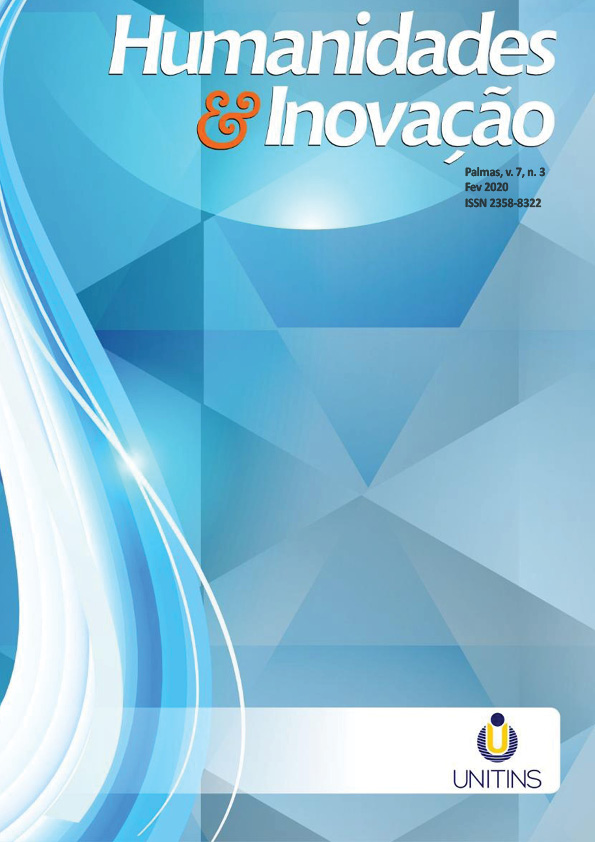THE ROLE OF SAGHA-KHANE (DRINKING-FOUNTAIN) IN NATIVISM OF IRAN CONTEMPORARY PAINTING
Resumo
This article has been done with the aim to study the effect of Sagha-khane school in nativism of Iran contemporary painting. The artists of Sagha-khane who entered the traditional elements with modern form, reached to such a form that communicated neither with traditional culture characteristics of Iranian new society, nor it could be called modernism or modernism alternative due to lack of social and philosophical grounds . So the works of Sagha-khane artists cannot be established in a place higher than nativism. Of course in this way, the role of politicians who were seeking national identity and simplicity and wanted to mix traditional arts with modernism, can’t be ignored. With respect to the investigations that have been done in this article, it is obvious that verbal method of that decade has often been for revelation of the ambiguities of the crises in mixing of western culture with native grounds. The painting of Sagha-khane is seeking peaceful mixture of them and is indifferent to other elements of culture and society. In fact we can say that Sagha-khane school, with mixture of tradition and modernism and infusion of traditions, pays attention to modern arts like Iranian contemporary painting and this nativism can be seen in the works of the painters like Zenderoodi and Emami.
Referências
2. Afsarian, Iman. (2015). seeking for time 1, Honarmand publications.
3. Afsarian, Iman. seeking for time 2, 2015, Honarmand publications.
4. Amirebrahimi. (2016). Someila, study about Iran social and political art, Honarmand publications.
5. Arbabi, Hanane. (2017). Sagha-khane painting, Honar Azad College.
6. Aryanpoor, Amirhossein. (2001). art sociology, Gostare publications.
7. Enabi, Hamide. (2013). photo fit in Iran contemporary art, Honar Azad College.
8. Esmailzade, Kheyzaran, Sagha-khane in history, 2015, Herfemand 57.
9. Eyshi, Zahra. (2017). sociology of Iran contemporary art, professor of Alzahra University.
10. Goodarzi, Mostafa. (2004). introduction on contemporary painting of Iran. Jomhouri Eslami newspaper.
11. Izadi, A, Hasanvand, M. (2016). Sagha-khane painting, Fine Arts-Visual Arts magazine, number 2, pages 21 and 30.
12. Khorshidian. (2016). Sagha-khane: Post – colonial or eastern-studying, Baghe Nazar magazine, number 52.
13. Moghadam, Asghar. (2006). eastern dream 3, art gallery, third book.
14. Mohajer, Shahrooz. (2016). art history, Honarmand publications.
15. Mojabi, Javad, art (2016). in Iran, Peyk publications, Tehran.
16. Pakbaz, Robin. (2006). Iran painting from ancient times till now, Zarin and Simin publications, fifth edition, Tehran.
17. Pakbaz, Robin. (2008). Iran contemporary art, Tavoos Publication.
18. Rahnavard, Zahra. (2009). eastern dream 4, art gallery, fourth book.
19. Ramin, Ali. (2011). philosophy and sociology in art, Ney publication, Tehran.
20. Sariolghalam, Mahmood. (2011). Iran political dictionary, Farzan Rooz publications.
21. Youssefi, Elmira. (2017). effects of new media on Iran painting, Honar Azad College.
A submissão de originais para este periódico implica na transferência, pelos autores, dos direitos de publicação impressa e digital. Os direitos autorais para os artigos publicados são do autor, com direitos do periódico sobre a primeira publicação. Os autores somente poderão utilizar os mesmos resultados em outras publicações indicando claramente este periódico como o meio da publicação original. Em virtude de sermos um periódico de acesso aberto, permite-se o uso gratuito dos artigos em aplicações educacionais, científicas, não comerciais, desde que citada a fonte (por favor, veja a Licença Creative Commons no rodapé desta página).











